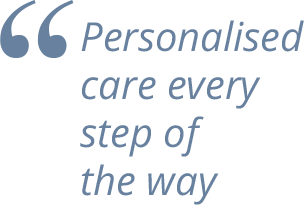Burns
Burns represent the third most common cause of mortality among the ages of up to 5 years. Providing immediate and correct treatment at the time of the accident is of paramount importance for the subsequent progression of the burn, and the mode of treatment depends mainly on the depth of the burn and the area of the body where it is located.
Evidence from the US show that 440,000 children each year need treatment for some type of burn, 15% of whom need hospitalization for specialized treatment, and 2% will have some disability in the long run!
About 90% of children’s burns are the result of either (mainly) a household accident or child abuse. In children under the age of 3, the most common burns come from the use of hot water or a hot drink, while older children are more often sustain fire burns.
Children are more susceptible to burns as they have about 3 times the skin surface compared to body volume than adults and their skin is much thinner than the adult.
The depth of the burn (surface, partial thickness or full thickness) depends on the cause, exposure time and first aid received by the patient. Successful treatment in the first few minutes after the accident can limit the depth and extent of the burn, with the main and essential effect of easier treatment, less discomfort for the child and the family and, ultimately, the best cure.
A basic first move (within 10 seconds) is to remove the clothes wearing the child in the burn area and to place the area of injury under cool tap water for 5-10 minutes. If this is not possible (in cases where the affected area is large, the burn is on the face or in a large body area) then wrap the child in cool wet towels. This kind of direct treatment reduces the final depth of the burn and relieves pain.
- Do NOT put ointments or butter or toothpaste on the burn, as wrongly and non-scientifically has been advised.
- Do NOT pop the blisters that are probably created.
After adequate first aid is provided and the burn area has been cooled, contact the doctor or take the child to the hospital.
Regarding the treatment of burns (with drenings, surgery or combination), it depends mainly on the depth of the burn and the area of the body in which it is located.
